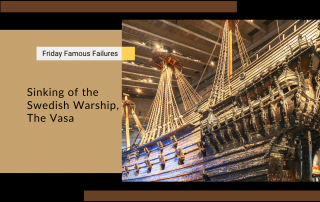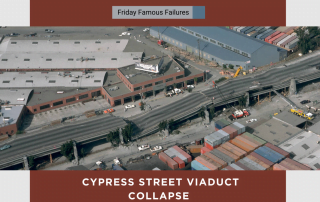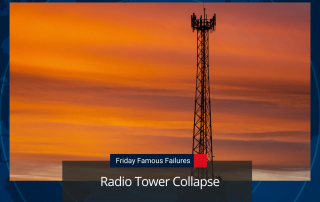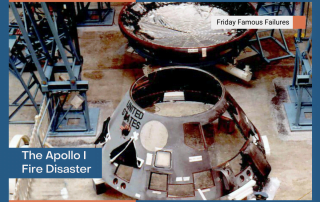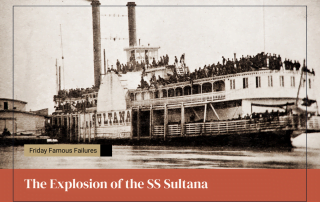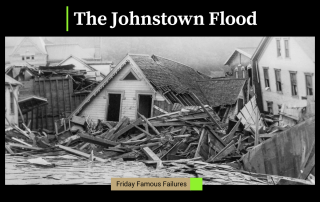Sinking of the Swedish Warship, The Vasa
The Vasa was a Swedish warship built between 1626 and 1628. The ship sank after only sailing roughly 1,400 yards into its maiden voyage on August 10, 1628. Now, resurrected from the sea, the Vasa represents a widely-recognized symbol of the Swedish “great power period.”
Cypress Street Viaduct Collapse
On October 17, 1989, Ruth Anne Liu-Johnston left her office in San Francisco and traveled toward downtown Oakland. On her way, she drove across the Bay Bridge and took the I-880 connector. As she drove, she noticed her speedometer ...
Radio Tower Collapse – Texas
As the last section of the tower was being raised, the supporting bolts suddenly failed, and the entire section fell, cascading a thousand feet to the ground. On the way down, the falling section sheered away guy wires and caused the entire structure to topple.
The Apollo I Fire Disaster
At the height of the space race in the 1960s, the United States pursued an accelerated program to put men on the moon before the Soviet Union. Apollo 1 was to be the first crewed mission of the United States Apollo program, the undertaking ...
The Explosion of the SS Sultana
The SS Sultana was an impressive steamboat that ran regular trips up and down the Mississippi River during the Civil War. Then, in the wake of the assassination of President Abraham Lincoln, the SS Sultana ...
The Johnstown Flood
The rain pelted the men that desperately tried to save the dam, located 14 miles upstream of the town of Johnstown, PA in the southwest corner of the state. Hours earlier, Elian Unger, the president of the South ...


